International
Boluarte charged with genocide of Peru’s indigenous peoples
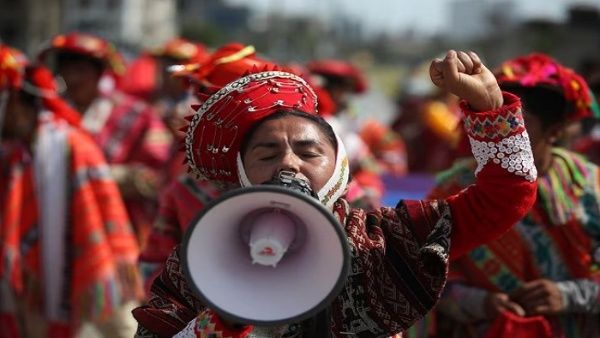
November 15 |
The National Organization of Andean and Amazonian Indigenous Women of Peru (Onamiap) accused the president-designate of that nation, Dina Boluarte, for the deaths of Quechua and Aymara citizens during protests against her government that took place between December 2022 and January 2023.
The president of Onamiap, Ketty Marcelo López, presented during a hearing convened by the Inter-American Commission on Human Rights (IACHR) a report on the consequences of the brutal repression perpetrated by the armed forces and police.
The report stated that Dina Boluarte is responsible for the crime of genocide and crimes against humanity, “in accordance with the doctrine and jurisprudence of international criminal law and the international law of indigenous peoples”.
Specifically, he pointed out that the repression was committed “to the detriment of the Quechua and Aymara indigenous peoples of the regions of Apurímac, Ayacucho, Puno and Cusco” in southern Peru.
He affirmed that this country “is going backwards in terms of human rights and the rights of the indigenous peoples”, on whom they want to impose through violence a development model based on extractive activity, which is harmful to nature and people.
Marcelo López described this model as genocidal and blamed its defense at all costs on “a corrupt political elite”, which “is in collusion with business and military power and the open media, who are in charge of stigmatizing us”.
Regarding the criminalization of indigenous communities involved in the protests, he warned that the security forces continue to open clandestine investigations of indigenous leaders, whom they accuse of the crime of terrorism.
The repression of the protests against the parliamentary coup of December 2022, which deposed President Pedro Castillo, caused the death of 67 people, of which 49 were killed by shots fired by the Armed Forces or the Police.
Among others, there were massacres of civilians in Ayacucho (November 15 and 16, 2022, with at least ten civilians killed), Apurímac (from December 10, with at least six killed, 83 wounded and hundreds detained) and in the city of Juliaca, in Puno (January 9, 2023, with 18 protesters killed and more than one hundred wounded).
During the IACHR hearings, held last Friday and this Monday in Lima (capital), relatives of victims of the repression denounced that the investigations of these crimes are not progressing and that those intellectually and materially responsible for them could remain in impunity.
International
Trump Orders Construction of New ‘Golden Fleet’ to Revitalize U.S. Naval Superiority
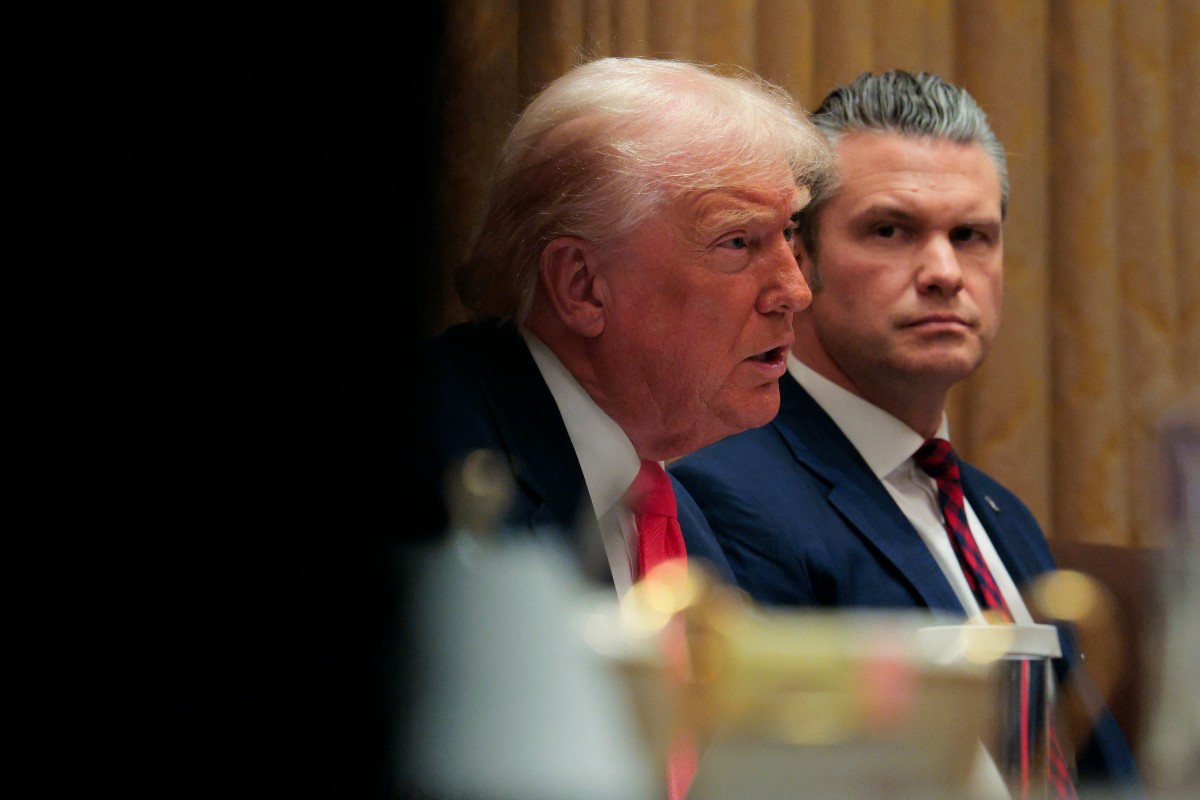
President Donald Trump issued an executive order this Monday for the immediate construction of two new warships that will bear his name. These vessels will be the pioneers of what he described as the “Golden Fleet,” a future generation of “Trump-class” battleships that he claimed would be “100 times more powerful” than those currently in service.
The announcement took place at his private residence in Mar-a-Lago, Florida. The President indicated that following the initial two ships, the administration aims to commission up to 25 additional vessels. He is scheduled to meet with Florida-based contractors next week to expedite production, criticizing existing defense firms for failing to deliver results efficiently.
This naval expansion is a cornerstone of Trump’s goal to revitalized the American shipbuilding industry and address the strategic gap between the U.S. and competitors like China.
The move comes amid heightened geopolitical tension. Just last week, Trump ordered the seizure of all sanctioned tankers involved with Venezuela’s “ghost fleet” to cripple the country’s crude oil industry. Since December 10, the U.S. military—deployed in the Caribbean under the guise of counter-narcotics operations—has already detained two tankers linked to Venezuelan oil transport.
International
U.S. Judge Blocks ICE from Re-detaining Salvadoran Erroneously Deported Under Trump Administration
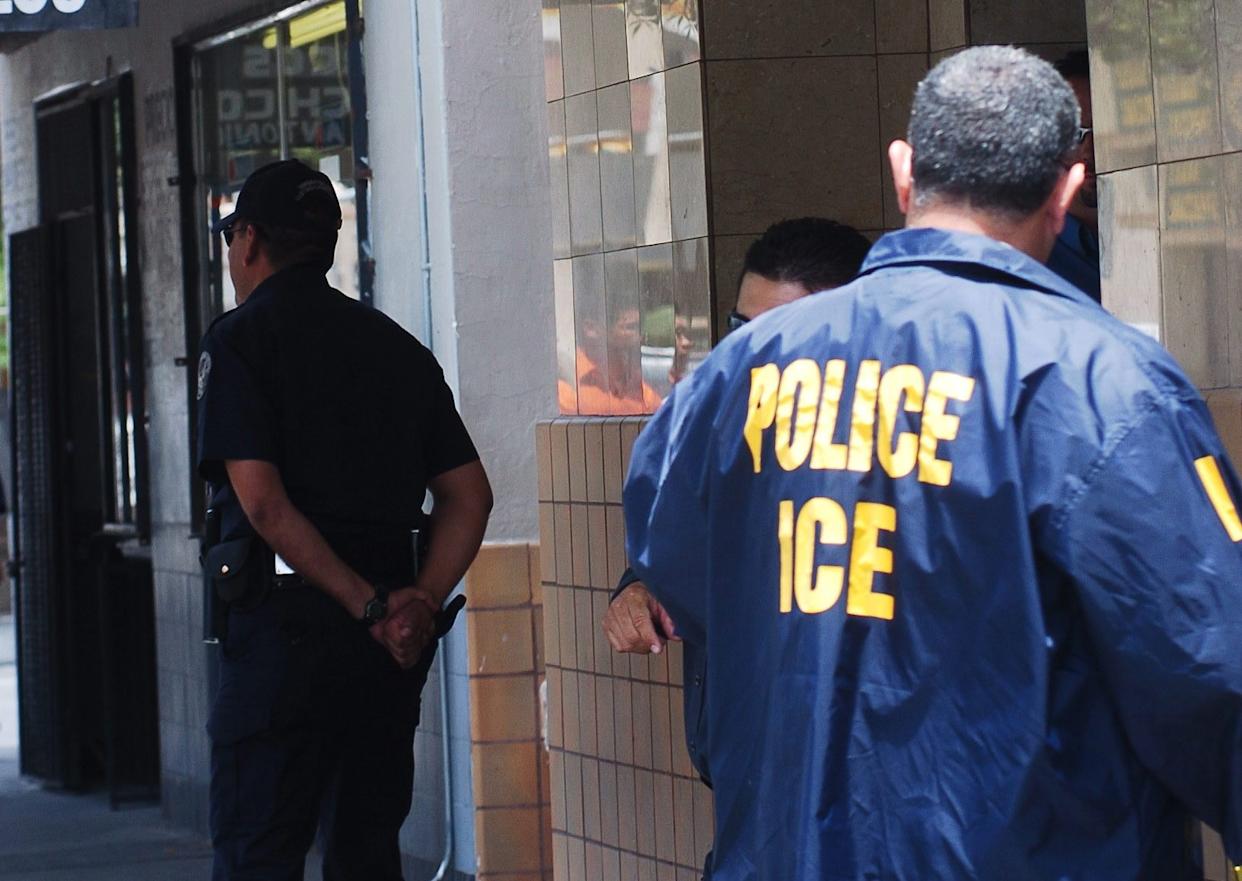
A U.S. federal judge ruled this Monday, December 22, that Immigration and Customs Enforcement (ICE) is prohibited from re-detaining Salvadoran national Kilmar Ábrego García, who was erroneously deported to El Salvador earlier this year during the administration of President Donald Trump.
During a hearing in Maryland, U.S. District Judge Paula Xinis ruled that Ábrego García must remain free on bail through the Christmas holidays, concluding that his initial detention lacked a legal basis. The ruling follows a request from his legal team for a temporary restraining order to prevent ICE from carrying out a new arrest.
Earlier this month, on December 11, Judge Xinis ordered his release from a Pennsylvania migrant detention center after determining that the government had detained him without a formal deportation order. In 2019, an immigration judge had already ruled that Ábrego could not be returned to El Salvador because his life was in danger.
Despite that protection, Ábrego García was deported in March 2025 following a raid by the Trump administration. Officials argued at the time that he was a gang member, and he was sent directly to the Center for the Confinement of Terrorism (CECOT) in El Salvador. In June, he was returned to the United States to face a new trial for alleged human smuggling—a charge he denies.
On Monday, Judge Xinis also temporarily invalidated a new deportation order issued by an immigration judge following Ábrego’s recent release, granting him legal protection through the coming weeks. His trial is scheduled to begin in Tennessee in January 2026.
International
Fire at substation triggers major blackout in San Francisco
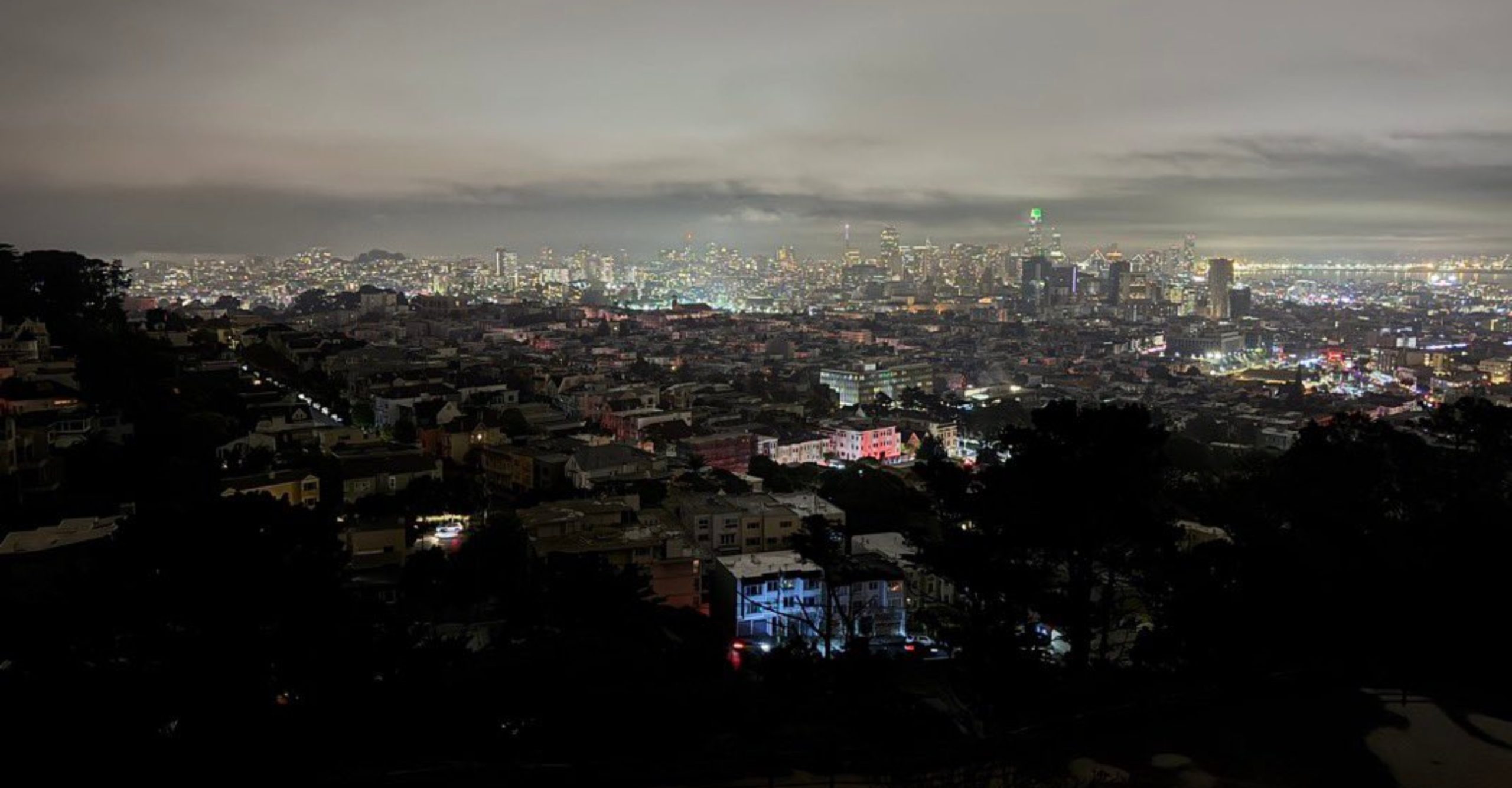
The U.S. city of San Francisco was plunged into darkness Saturday night after a power outage left about 130,000 customers without electricity, although the utility company said service was restored to most users within hours.
Pacific Gas & Electric Company (PG&E) said in a statement posted on X that nearly 90,000 homes had their power restored by 9:00 p.m. local time (05:00 GMT on Sunday), while the remaining 40,000 customers were expected to have service restored overnight.
Large areas of the city, a major technology hub with a population of around 800,000, were affected by the blackout, which disrupted public transportation and left traffic lights out of service during the busy weekend before Christmas, a crucial period for retail businesses.
“I know it’s been a difficult day,” San Francisco Mayor Daniel Lurie said in a video posted on social media from the city’s emergency operations center. “There has been progress, but for those still without power, we want to make sure they are safe and checking in on their neighbors,” he added.
Lurie said police officers and firefighters advised residents to stay home as much as possible. He also noted that officers and traffic inspectors were deployed to manage intersections where traffic lights were not functioning.
The mayor confirmed that the outage was caused by a fire at an electrical substation. Parts of the city were also covered in fog, further complicating conditions during the incident.
As a result of the blackout, many businesses were forced to close despite it being the weekend before Christmas. The sudden drop in shopper traffic ahead of the holiday is “devastating” for retailers, the manager of home goods store Black & Gold told the San Francisco Chronicle.
-

 International4 days ago
International4 days agoShakira’s El Salvador concerts sell out in hours, fans demand more dates
-

 International3 days ago
International3 days agoPentagon confirms Trump pick for SouthCom as U.S. military pressure grows
-

 International4 days ago
International4 days agoTrump moves to reclassify marijuana as less dangerous substance
-

 International3 days ago
International3 days agoArgentina detects first local cases of Influenza A (H3N2) Subclade K
-
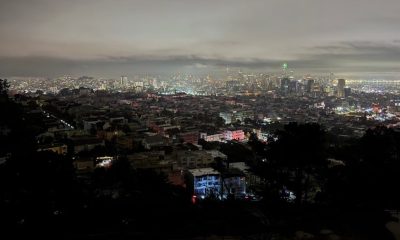
 International2 days ago
International2 days agoFire at substation triggers major blackout in San Francisco
-
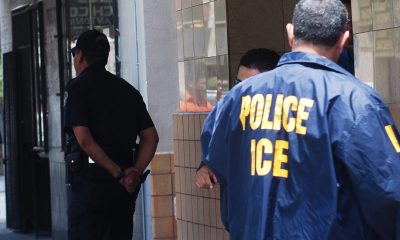
 International20 hours ago
International20 hours agoU.S. Judge Blocks ICE from Re-detaining Salvadoran Erroneously Deported Under Trump Administration
-

 International2 days ago
International2 days agoCristina Kirchner recovering after appendicitis surgery in Buenos Aires
-
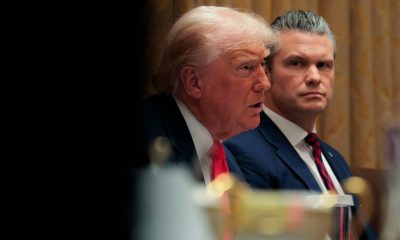
 International20 hours ago
International20 hours agoTrump Orders Construction of New ‘Golden Fleet’ to Revitalize U.S. Naval Superiority




























